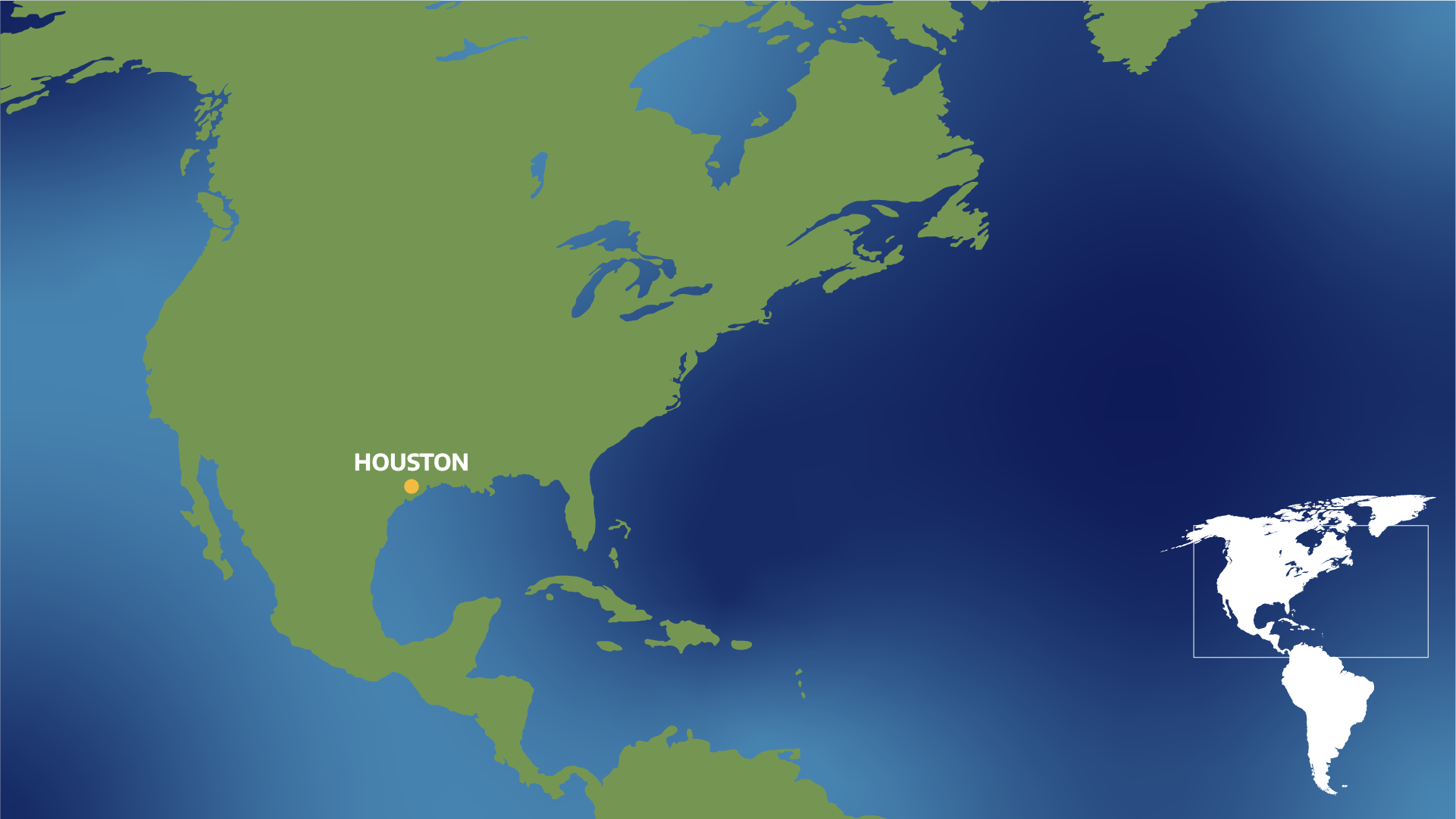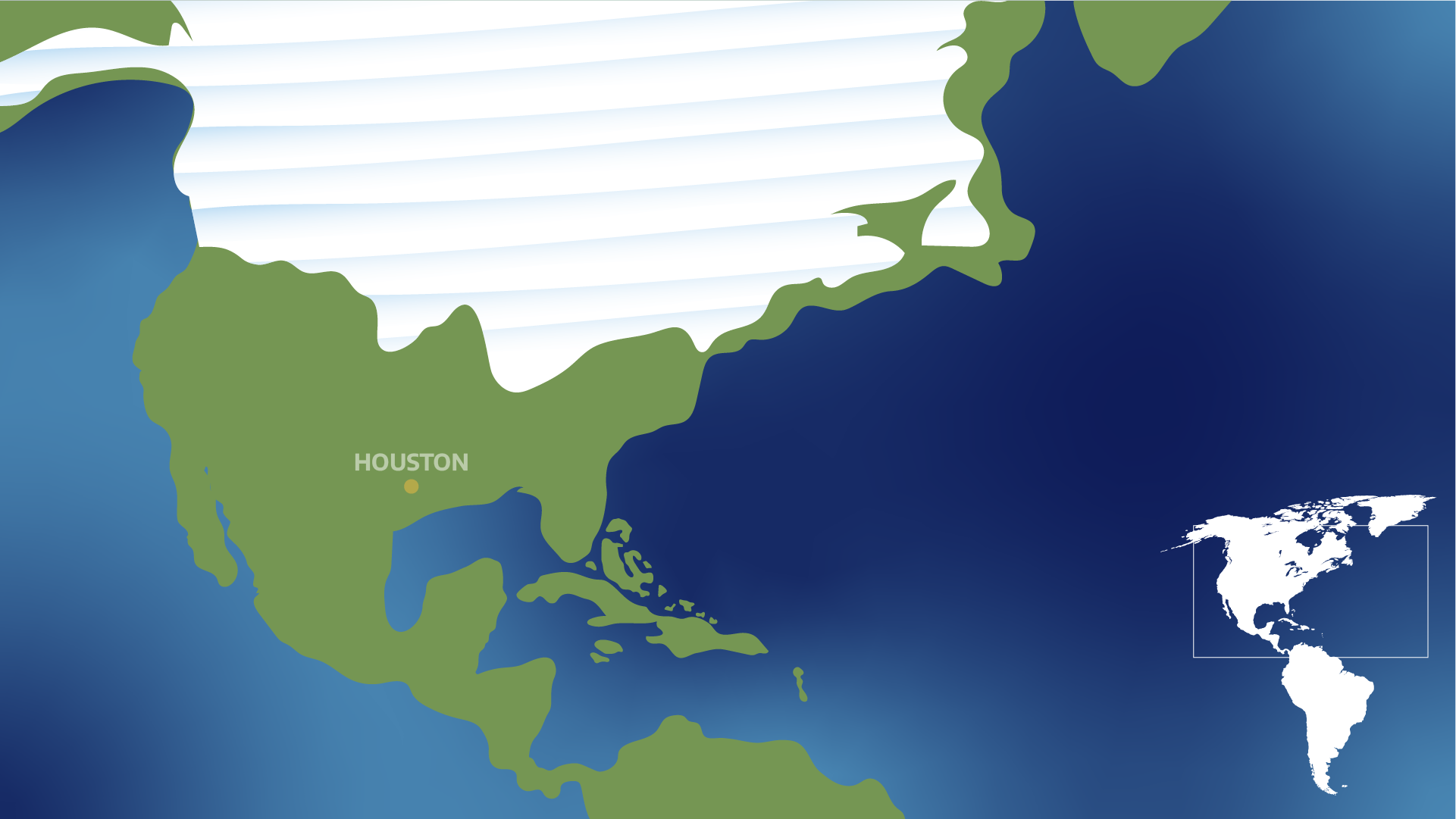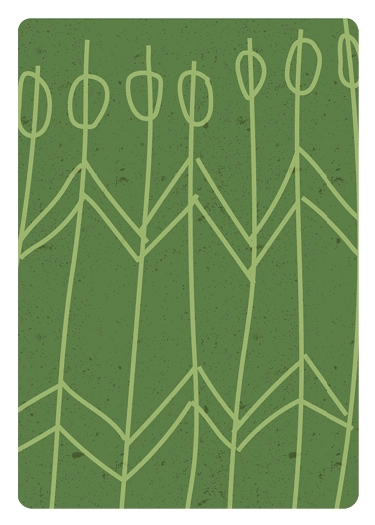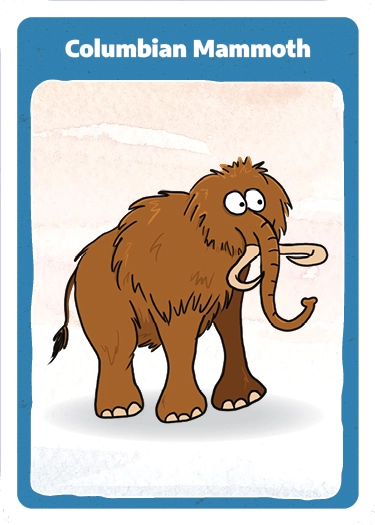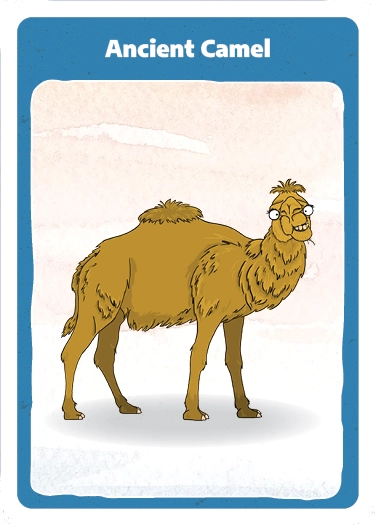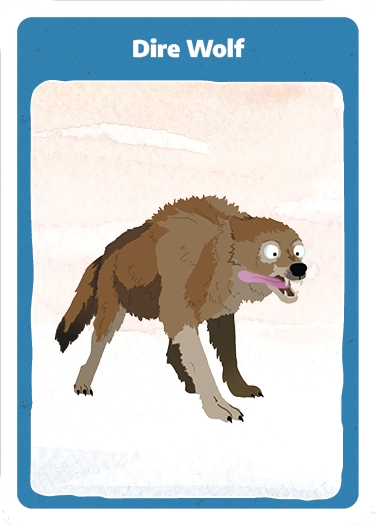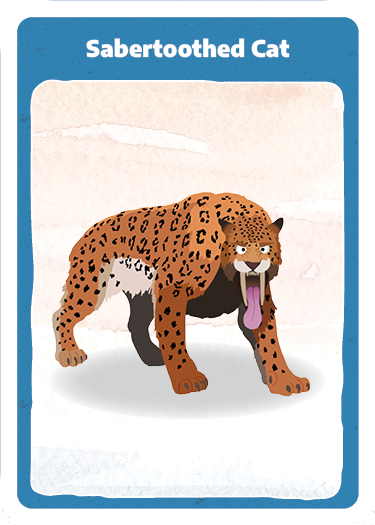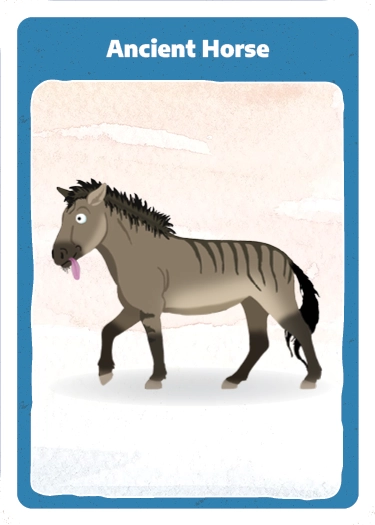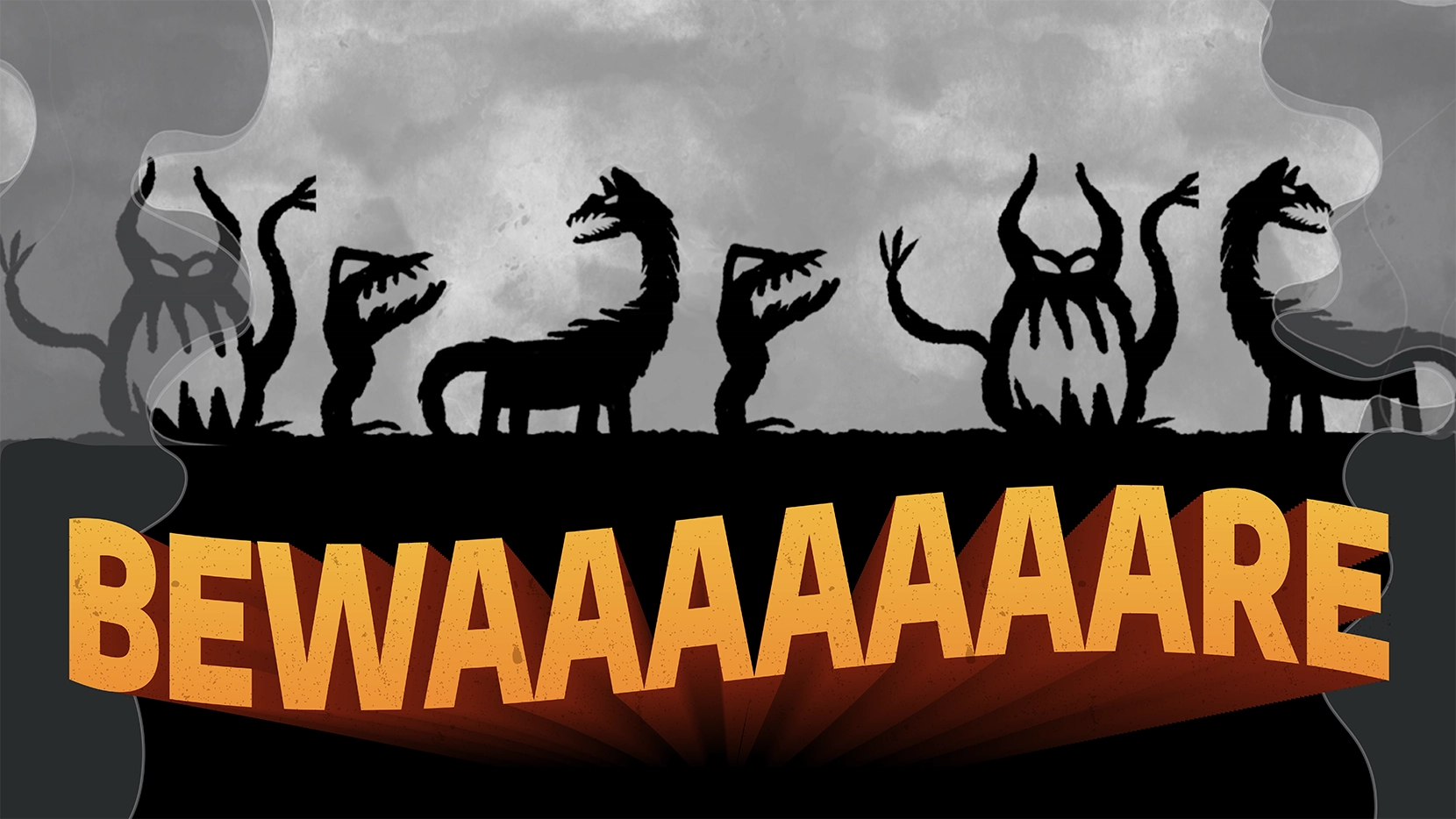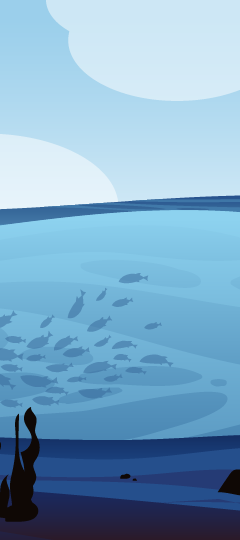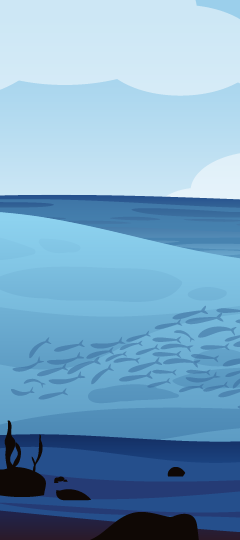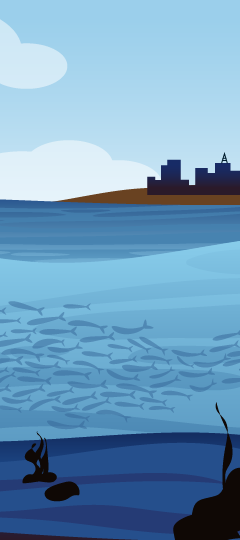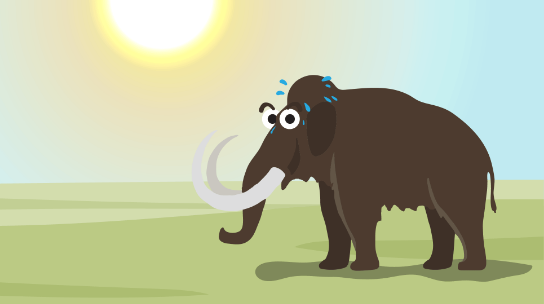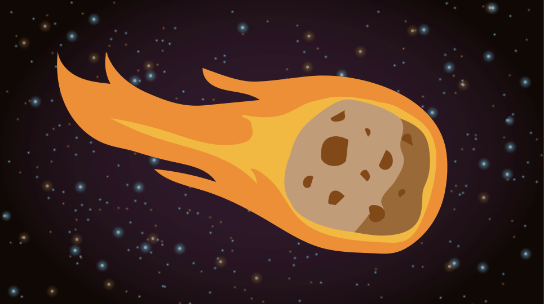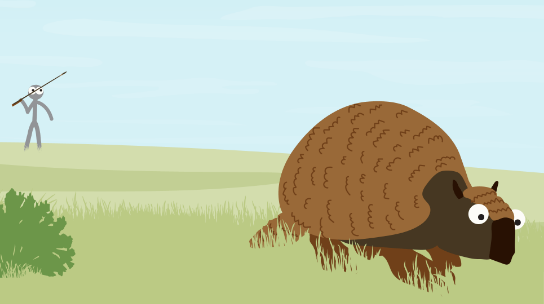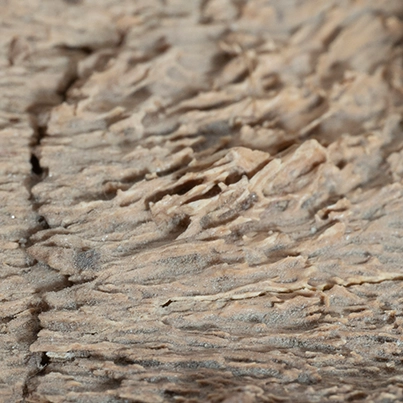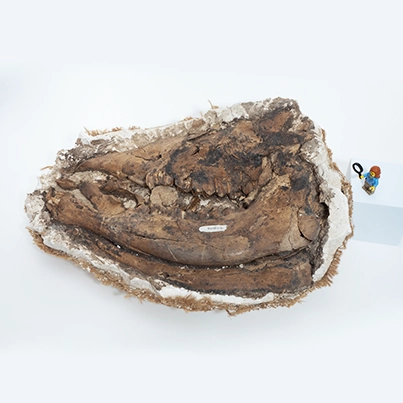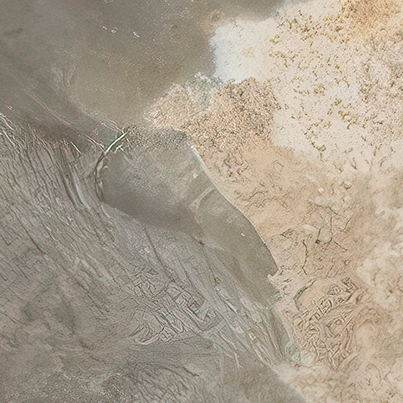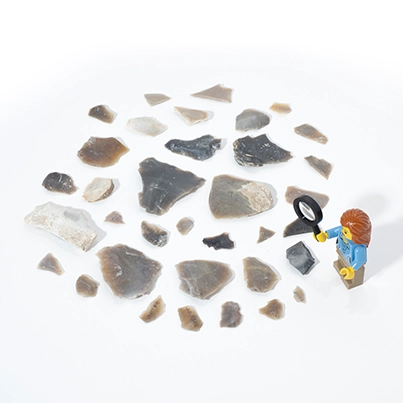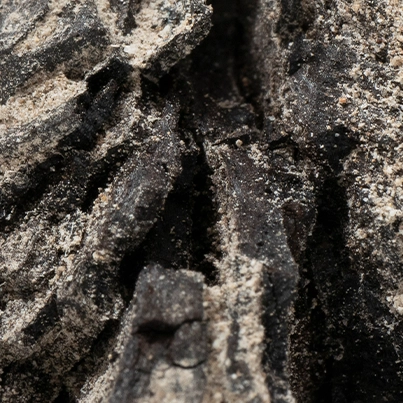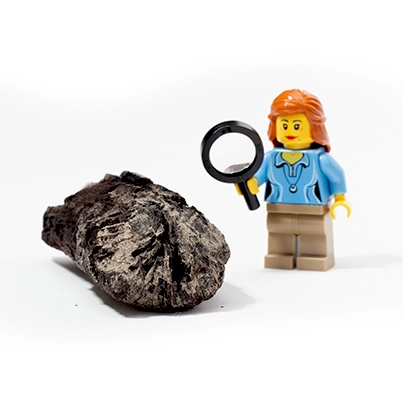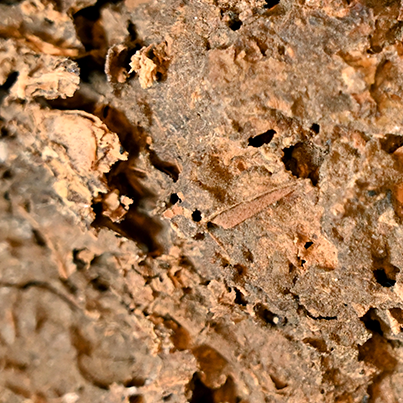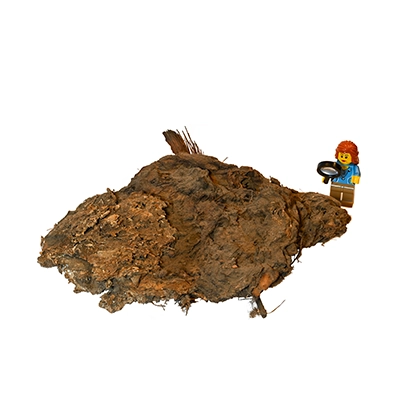A Different World
Texas used to be chill and even bigger!
During the last Ice Age, the Texas coastline extended farther out, and the climate was cooler and wetter than it is today.
Drag the slider to the right to compare the maps.
The Earth has had at least five major or glacial periods. The most recent Ice Age very slowly over tens of thousands of years. The climate slowly warmed and melting glacial ice flowed into the ocean, causing sea levels to rise all over the world. By about 11,000 years ago, the Texas coast looked about like it does today. But the coastline isn’t the only thing that changed. People, animals, and whole were affected by the changing climate.
